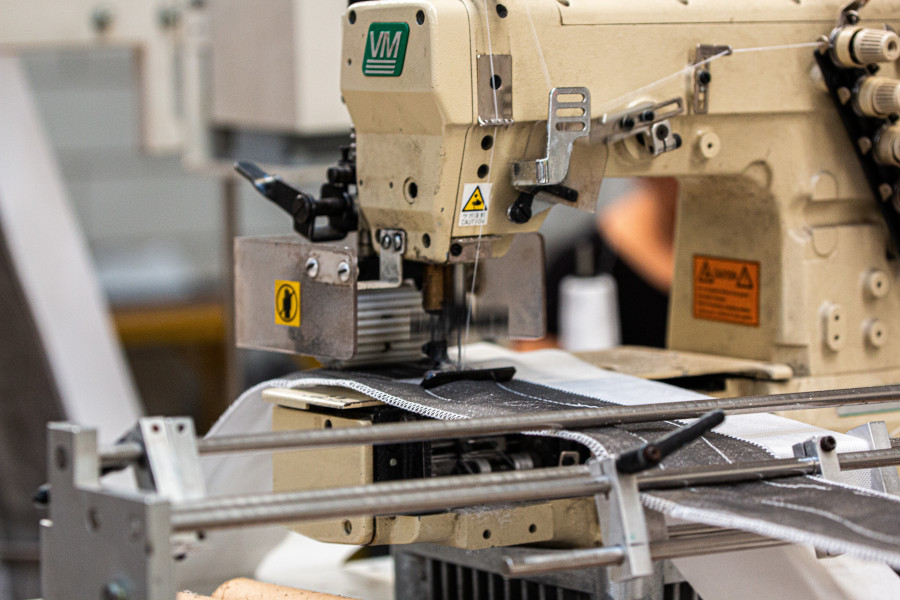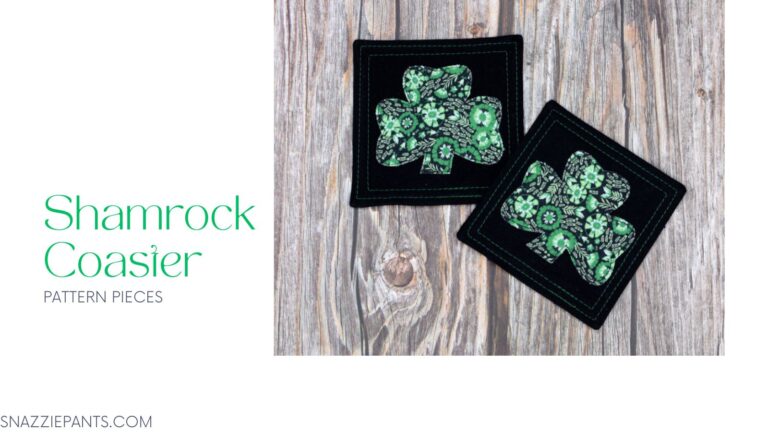Want to Start Sewing? Here Are Some Things to Consider
Have you been thinking about taking up sewing but not sure where to start? Here are some things you should consider and learn about as you pursue your sewing adventures.
Choose Your First Sewing Machine

You don’t need anything fancy but you still want something that will be able to several different types of stitches depending on what you plan to sew. Most newer domestic sewing machines are equipped with everything you need plus more decorative stitches than you’ll ever use. Make sure you do your research before buying.
Look for used sewing machines at places like garage sales, online used markets or thrift stores. Often they’ll be in pretty good shape but you can always take them to a repair place to fix it up for you. You can also check with your local repair shop. They may offer used and refurbished sewing machines.
Essential Beginning Sewing Tools

If you are just starting out, you want to start with the essentials.
We already covered a sewing machine. You’ll also need sewing machine needles. You can start with universal needles but once you start sewing more you’ll want to learn about the different types of sewing machine needles and their uses.
Other sewing tools are going to depend on your own needs. The tools needed for garment sewing, quilting, or bag making are going to vary slightly. Do your research and start with the basics. You can always expand your toolbox as you go.
If you would like more information about essential sewing tools see this post: Essential Tools for Every Beginner Sewist
If you would like to learn about more unconventional sewing tools, check out this post: Unconventional Tools: Sewing Beyond the Ordinary
Understand the Different Types of Fabric

You need to understand fabric types, characteristics, and contents. Most fabric is either woven or knit but there’s more to it than that. A fabric can be made from natural fibers like cotton or linen or synthetic fibers like polyester.
While woven fabric doesn’t naturally stretch, it might have some stretchy fibers woven in and even though knit is meant to stretch there are different levels of stretch. A swimwear fabric will stretch more than a sweatshirt fabric.
The best way to understand fabric is to feel it. Take time to go to the fabric store and read the labels on the different bolts of fabric while feeling each one.
Learn Different Sewing Stitches and Their Uses

Make sure you understand the different types of stitches and how they will work for your project. Learn about all the other stitches your sewing machine can do.
Stitches like over-locking and blind hemming can seem confusing at first but once mastered they can save you time later on. Take time to practice with the different stitches.
Learn to Read and Use Sewing Patterns

Before you even start cutting into a sewing pattern it’s a good idea to read through all the instructions on the pattern. Make sure you understand the symbols and the language. Most commercial sewing patterns will have a key with the terms and symbols.
You also need to understand the valuable information on the pattern envelope and the pattern pieces themselves.
Independent pattern companies often have their own layout, symbols, and language but they often have more information about how to do each step and may include diagrams and photographs. These are great for learning how to sew.
Sewing Safety

While sewing is a relatively safe hobby, stuff does happen. I have poked myself with pins, cut myself with scissors and recently I turned my head for a split-second and sewed my finger while using an open-sided zipper foot. Make sure you stay focused.
You also want to make sure you have an ergonomic workstation. Make sure you are able to use good posture and you have the correct distance between you and the sewing machine.
Most sewists will tell you that they get into a groove and could spend an entire day sewing but I have found that if I don’t step away once in a while or if I try to sew when I’m tired I start to make mistakes. Make sure you take breaks and get rest.
Start With Simple Sewing Projects

You want to start slow and get some easy wins under your belt before you decide to go off and make your wedding dress. Look for patterns and projects for beginners.
Some great resources are Pinterest and YouTube. Both can lead you to step-by-step walkthroughs no matter what your skill level.
Troubleshooting Common Sewing Machine Issues

You’ll want to be able to maintain and troubleshoot any issues you might run into with your sewing machine. The best way to understand your sewing machine is to read the manual.
Understanding Fabric Grain and Cutting Techniques

We already talked about different types of fabric but you are also going to want to understand the grain and direction of fabric and how you should cut it. You should also learn about cross-grain and bias as these will make a difference to how your fabric acts when you cut it.
Organizing Your Sewing Space

I’m an organizer and let me tell you having an organized space, whether it’s for sewing, cooking, or working, makes a huge difference. Organizing isn’t a one-size-fits-all solution. You have to take into consideration your tasks, space, and even your personality. Research different organizing techniques and pick one that you feel will work best for you. Don’t get caught up on aesthetics, the main thing to focus on is if it’s going to work. You can use your creativity to make it look pretty later.







